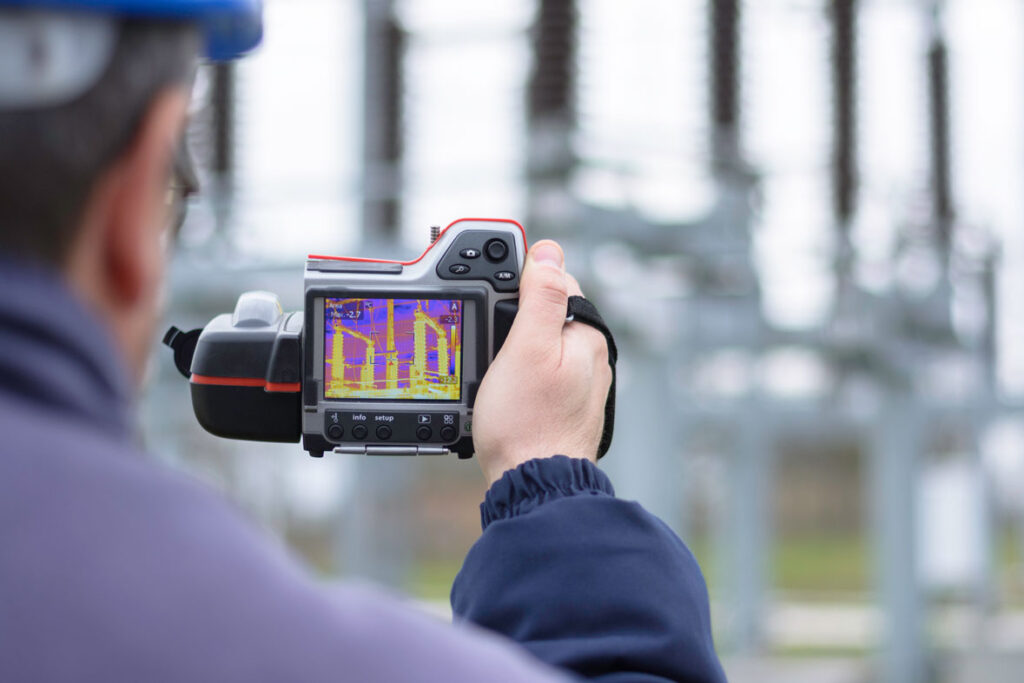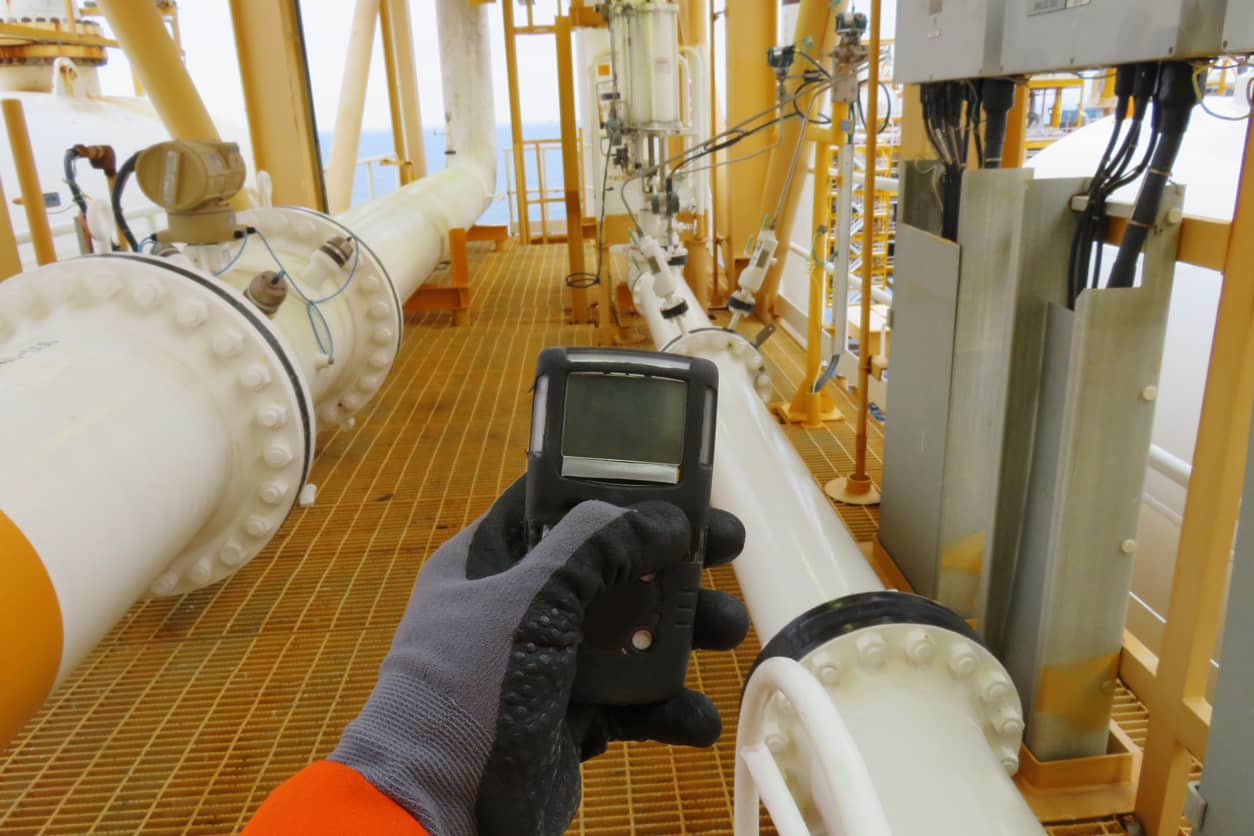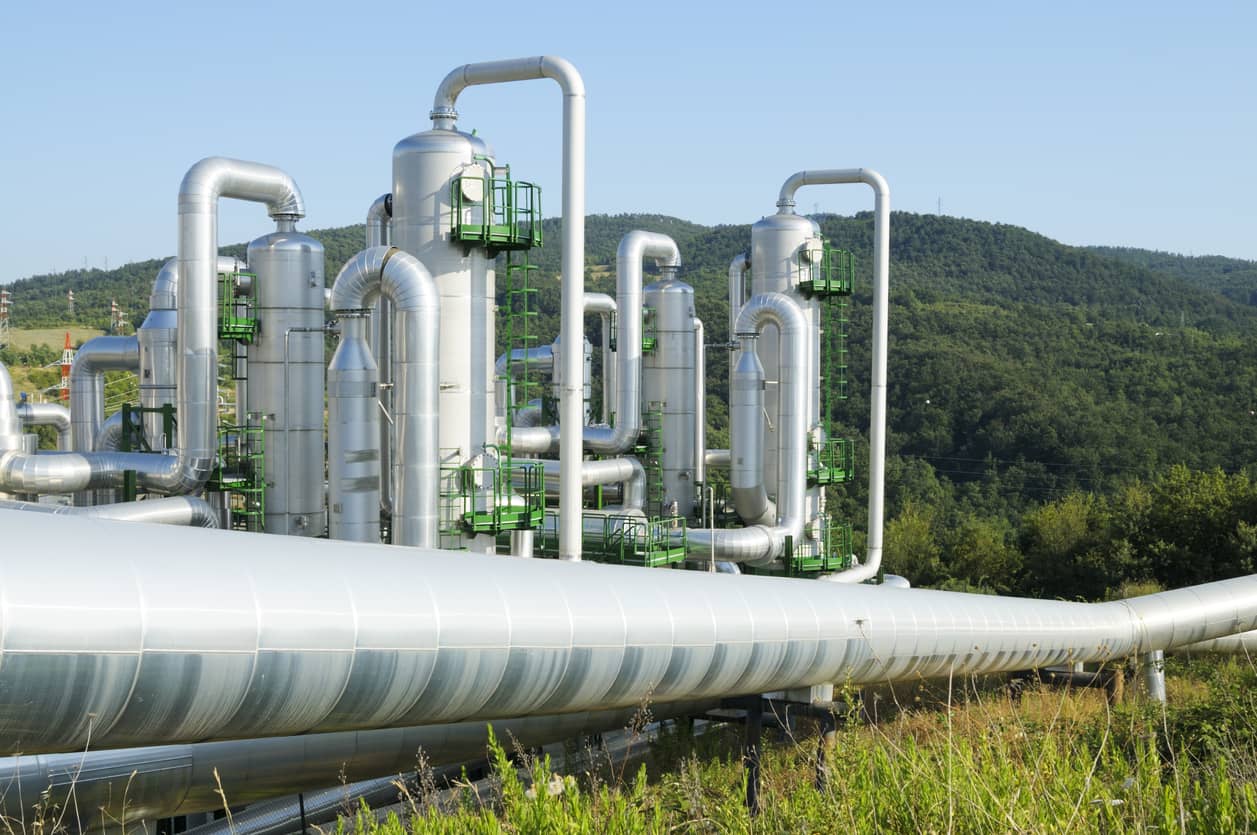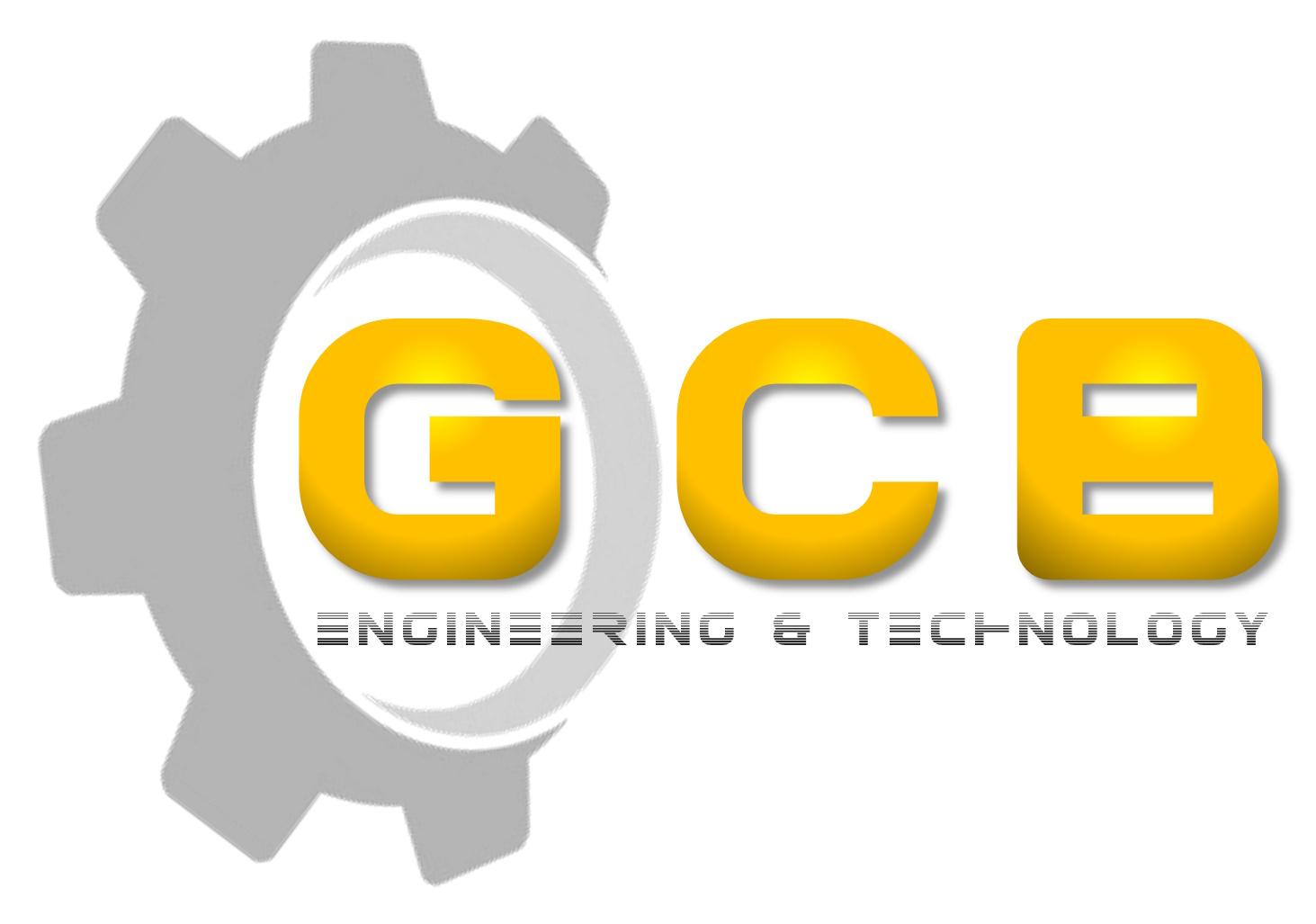Designed to Enhance Your Workplace Safety
Our services are thoughtfully designed with the primary focus of enhancing workplace safety, ensuring that your employees feel secure and protected while on the job.
Ultrasonic Leak Detection
Ultrasonic leak detection is a non-destructive testing technique used to identify and locate leaks or anomalies in a sealed system by detecting the high-frequency sound waves produced by the escaping or turbulent flow of gas.


Thermography Inspection
Thermography inspection, also known as infrared thermography or thermal imaging, is a non-destructive testing technique used to detect and visualize variations in temperature on the surface of an object or within a system. It relies on the fact that all objects emit infrared radiation (heat) as a function of their temperature. A thermographic camera, also called an infrared camera or thermal imager, captures this radiation and converts it into a visual image.
- Temperature Variations
Different materials and components within a system or structure will have different temperatures due to factors like friction, electrical resistance, or insulation properties.
- Image Processing
The thermal camera captures the temperature variations and converts them into a visual image, where different temperatures are represented by different colors. For example, warmer areas may appear as red or yellow, while cooler areas may appear as blue or purple.
- Inspection and Analysis
A trained thermographer examines the thermal image to identify any anomalies or irregularities. These irregularities could indicate issues like overheating electrical components, insulation gaps, water leaks, or other problems.
Energy Logger
Energy logging, also known as energy monitoring or energy data logging, is the process of recording and analyzing the consumption of energy in a system or facility over a specific period of time. This practice provides valuable insights into how energy is used, allowing for better management and optimization of energy resources.
- Data Collection
Sensors, meters, or monitoring devices are installed to measure and record various aspects of energy consumption. These devices can track electricity usage, gas consumption, water usage, and more, depending on the specific goals of the logging.
- Time Intervals
Energy logging can be conducted in real-time or at regular intervals (e.g., every minute, hour, or day). The chosen time intervals depend on the specific requirements of the application.
- Optimization and Decision-Making
Based on the insights gained from energy logging, organizations can make informed decisions about how to improve energy efficiency, reduce costs, and minimize environmental impact. This might involve implementing energy-saving measures, upgrading equipment, or changing operational practices

Upgrade Your Workplace Safety Today
Take action now and upgrade your workplace safety for a safer and more productive environment.

